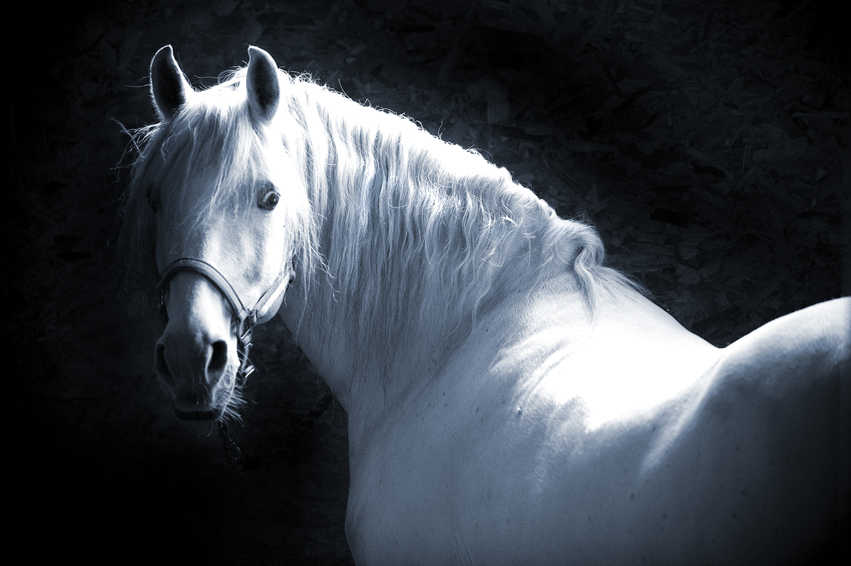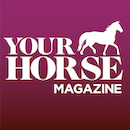Taking the perfect picture of your horse can be tricky. Here, professional photographer, Matthew Roberts, explains how to take super snaps of your horse.
1. When and where to take pictures of horses
Early morning light, half an hour after sunrise, and the light an hour or so before sunset can help you to shoot beautiful photographs.
Depending on the weather, when the sun is at its highest in the sky it can be tricky as you’ll find the light casts quite a bit of shadow.
I find overcast days are the best for shooting sharp, clean shots.
Where to shoot is often out of your control, but indoor arenas (especially dark, old ones) are hard to shoot well in, even for the pros.
2. How to get the right focus with your camera
Getting a sharp shot is reliant upon your camera being able to focus and things that create ‘lines of contrast’ (things that break up a mass of colour) will help.
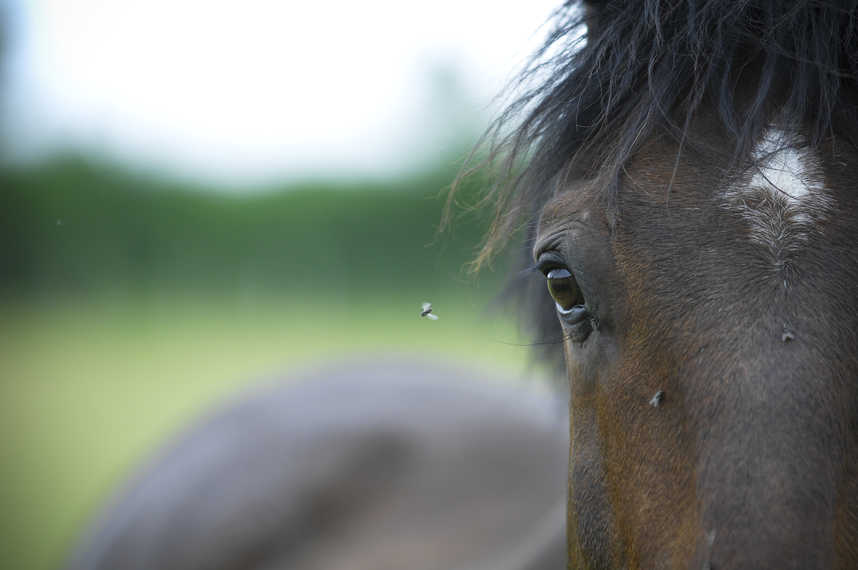
For example, tack creates lines of contrast against a horse’s coat.
When photographing a whole horse a rider from the side – moving or static – focus on a point between the end of the horse’s nose and the rider.
If shooting a portrait of a horse’s head, focus on his eye. You can apply this to any living thing.
3. Be clever with the colour of your horse
Certain colours of horse are easier to photograph than others.
Coloureds are best because their markings create lines of contrast, helping your camera to focus, while grey horses are generally the hardest to photograph well, especially if they’re not tacked up.
4. How to photograph horse and rider
If you’re taking a picture of a horse and rider together (rider on the ground), ask the rider to stand level with their horse’s eye as this will help your camera to focus on them both.
5. Choose backgrounds wisely
Backgrounds have a massive impact on your photos.
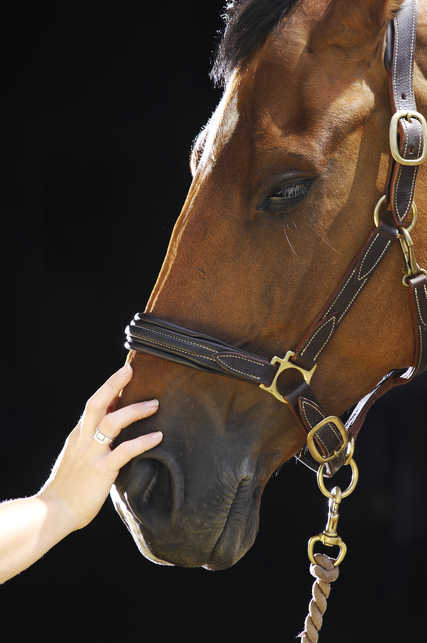
Avoid standing subjects up against hedges or trees, which can be distracting. Instead, put some distance between your subject and any physical background.
Backgrounds that work well are ones that provide a sharp contrast such as skies on a nice day, and out of focus trees in full leaf (about 30-40m in the distance).
Be aware that arena surfaces can also play havoc with shots. Dark rubber surfaces suck the life out of photos, while light, golden surfaces will reflect light up onto the horse.
6. Get your horse’s ears forward!
Ever heard the expression ‘too many cooks spoil the broth’? Well this is true when getting a horse to put his ears forward. My tip – ask someone to stand out of sight and make a noise while everyone else is quiet.
If the horse can’t see where the noise is coming from, he’ll use his ears to find it.
Be sure to send your sound maker in the direction you want the ears to point and take care not to startle or upset him.
7. How to photograph the perfect jump
In some ways, photographing a horse and rider over a jump can be easier than getting them cantering across a field as you know exactly where you’ll need to take the picture.
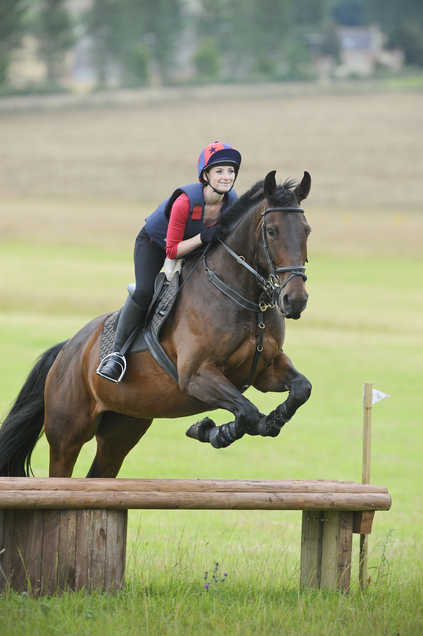
The trick is timing your shot to get the right point of the horse’s jump. This comes down to practise, but your camera’s frame rate can help – the quicker its rate, the more frames it can shoot in a short period of time.

